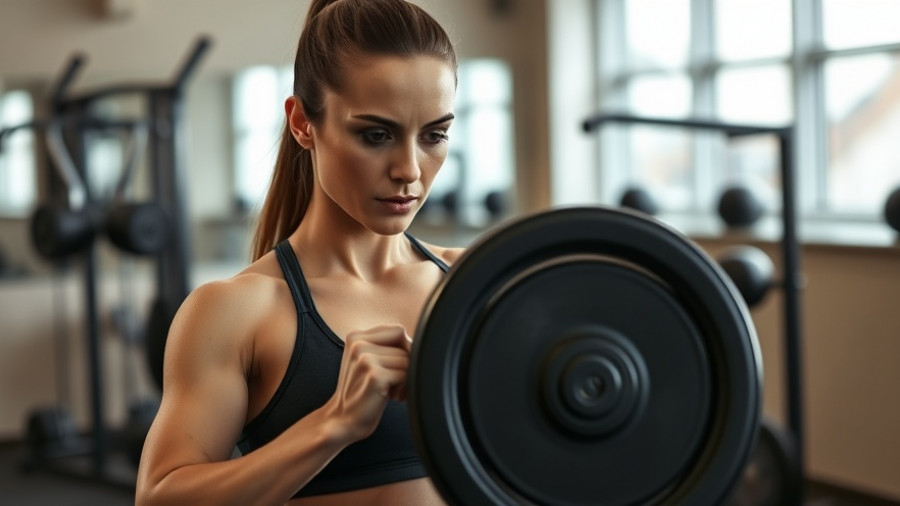
Understanding TDEE: The Key to Effective Weight Management
Total Daily Energy Expenditure (TDEE) is essential for anyone interested in health and fitness. It’s not just about tracking calories; TDEE is a comprehensive measure that accounts for the total calories your body needs in a day based on several factors: basal metabolic rate (BMR), thermic effect of food (TEF), exercise activity thermogenesis (EAT), and non-exercise activity thermogenesis (NEAT). Each of these components plays a vital role in forming a complete picture of your energy expenditure.
Breaking Down TDEE’s Components
1. Basal Metabolic Rate (BMR) - This is the calories burned simply by existing—your body’s essential functions such as breathing and regulating temperature. It constitutes about 70% of your TDEE.
2. Thermic Effect of Food (TEF) - When you eat, your body uses energy to digest, absorb, and metabolize nutrients. This generally adds about 10% to your TDEE and varies by food type; protein, for instance, has a higher TEF than fats.
3. Exercise Activity Thermogenesis (EAT) - This is the calories burned through structured workouts and exercises. EAT typically represents around 5% of TDEE.
4. Non-Exercise Activity Thermogenesis (NEAT) - NEAT refers to all the energy expended for movements outside of formal exercise — think chores, standing, or fidgeting. It’s crucial as it contributes about 15% to your TDEE.
How to Calculate Your TDEE
If you're keen to calculate your own TDEE, using a calculator can simplify the process tremendously. For the hands-on approach, you can calculate your BMR using the Mifflin-St Jeor equation:
For men: BMR = 10 x weight (kg) + 6.25 x height (cm) – 5 x age (years) + 5
For women: BMR = 10 x weight (kg) + 6.25 x height (cm) – 5 age (years) – 161
Once your BMR is established, apply the following activity multipliers to determine your TDEE:
- Sedentary: 1.2
- Lightly Active: 1.375
- Moderately Active: 1.55
- Very Active: 1.725
- Extra Active: 1.9
The Benefits of Knowing Your TDEE
Understanding your TDEE can empower you to make informed dietary choices whether your goal is weight maintenance, loss, or gain. By adjusting your caloric intake based on your TDEE, you can create an effective strategy that aligns with your lifestyle and fitness ambitions.
Embracing Technology in Health
The realm of health and fitness continues to evolve, particularly with the introduction of online tools and technologies that make it easier than ever to track personal metrics like TDEE. This reflects a broader trend wherein technology assists individuals in tailoring their wellness journeys more precisely.
 Add Row
Add Row  Add
Add 




Write A Comment